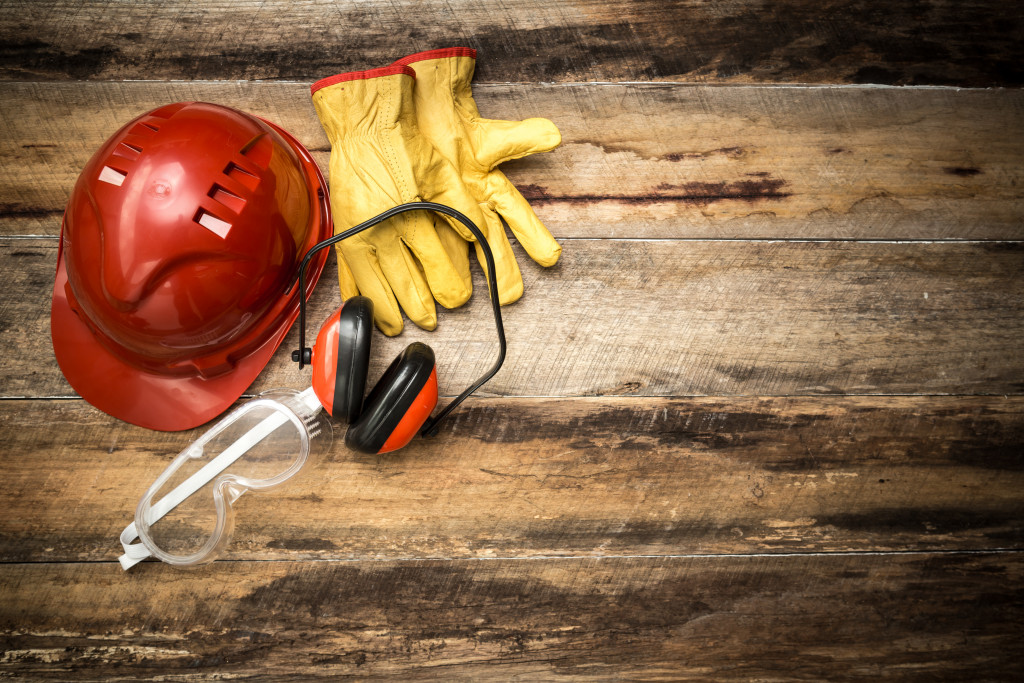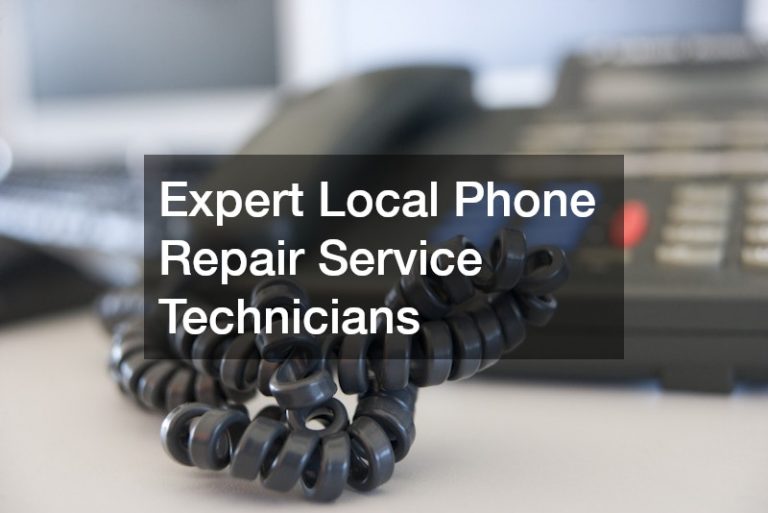- Prioritize communication and conduct regular safety meetings to ensure everyone is informed of potential hazards.
- Provide safety equipment and training to employees, and inspect and maintain equipment regularly.
- Invest in quality rigging equipment such as wire rope slings, lifting blocks, hoists, and winches.
- Keep the job site clean and organized to reduce the risk of accidents.
- Enforce safety rules so everyone is aware of the consequences of breaking them.
Construction sites are inherently dangerous places, with many potential hazards that could lead to injuries and even fatalities. As such, it’s crucial for all construction professionals to take safety seriously. If you run a construction company or own property that’s being developed, it’s your responsibility to ensure that everyone on the job site follows best practices to prevent accidents. Here are some essential tips for construction professionals that can help keep everyone safe and prevent accidents from occurring.
Prioritize Communication:
Effective communication is essential to preventing accidents on a construction site. Make sure all team members are on the same page and communicate regularly throughout the project. Encourage your team to report any safety concerns or incidents immediately so that they can be addressed as soon as possible. Here are some other things you can do:
Conduct Regular Safety Meetings
Safety meetings are a great way to remind everyone on the job site of the importance of safety. These meetings should be held regularly, and all construction team members should be required to attend.
During the meeting, you can discuss current safety issues and concerns and review any safety protocol changes. Ensure you document these meetings and have all attendees sign in to show they were present.
Provide Safety Equipment and Training
Providing your employees with proper safety equipment and training is essential to keeping them safe on the job. Provide hard hats, safety glasses, gloves, and any other equipment required for the job. You should also provide training on how to use this equipment properly and recognize and avoid potential hazards and risks.
Inspect and Maintain Equipment
Ensure all equipment is inspected regularly to ensure it functions correctly. Any malfunctioning equipment needs to be repaired or replaced immediately. Additionally, regular maintenance can prevent accidents caused by wear and tear on the equipment.

Invest in Quality Rigging Equipment:
Safety rigging is essential to prevent falling objects on the job site. Invest in quality rigging equipment that meets all safety standards, and make sure your team knows how to use it properly. Here are some examples:
Wire Rope Slings
Rigging equipment is invaluable for construction professionals to keep their worksites safe. The use of durable wire rope slings, in particular, is essential for preventing falling objects, as they are specifically designed for lifting and suspending heavy loads. Additionally, they can be easily adjusted to accommodate varying weights, making them highly adaptable. Rigging equipment should be inspected and maintained regularly to ensure it is functioning properly.
Lifting Blocks
Lifting blocks are the perfect solution for lifting and controlling heavy objects on a worksite. They’re adjustable to accommodate different weights and come with safety catches that help prevent the accidental release of suspended loads. Make sure all of your employees understand how to use lifting blocks properly, and always inspect them regularly.
Hoists & Winches
Hoists and winches are essential pieces of equipment for any construction site. They provide a secure, controlled way to safely lift and lower heavy loads. Make sure you invest in quality hoists and winches that meet all safety standards, and always inspect them regularly. Additionally, make sure your employees have the proper training to use these pieces of equipment safely.

Keep the Job Site Clean and Organized:
A cluttered and disorganized job site can be a breeding ground for accidents. Make sure that the site is kept clean and organized at all times.
This includes appropriately storing tools and equipment when they’re not in use and regularly removing debris from the site. For instance, you should have a system to identify any potentially hazardous materials, and they should be appropriately disposed of in accordance with safety protocols.
Finally, it’s important to enforce the safety rules on your worksite. Make sure that all team members are aware of the practices and that there is no tolerance for breaking them. Doing so can help keep everyone safe and prevent accidents from occurring.
Safety is a top priority on any construction site, and it’s essential that all professionals take the necessary steps to prevent accidents and keep everyone safe. By conducting regular safety meetings, providing proper equipment and training, inspecting and maintaining equipment, keeping the job site clean and organized, and prioritizing communication, you can significantly reduce the risk of accidents and injuries on your construction site. Remember, safety should always come first, no matter how big or small the job.












